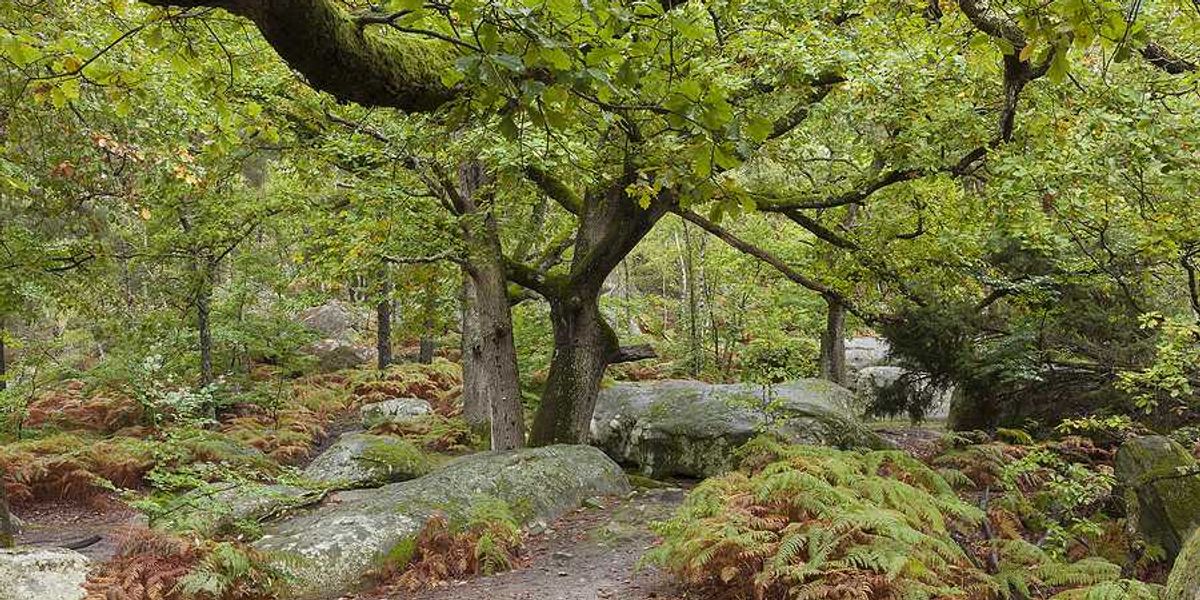Hurricane Helene’s flooding left Appalachia’s rivers scarred and its endangered wildlife struggling to recover
A year after Hurricane Helene tore through Appalachia and the Midwest, conservationists are still uncovering the scale of habitat loss and toxic pollution threatening the region’s unique freshwater species.
Kacie Faith Kress reports for Inside Climate News.
In short:
- Conservation groups say Helene’s floods scoured rivers to bedrock, stripping habitats that support more than 300 fish species and numerous endangered salamanders and mussels.
- Cleanup and reconstruction have added new threats, including sediment loss from dams, toxin releases from debris removal, and legal battles over rail companies dredging riverbeds.
- Federal funding cuts to wildlife protection programs could slow recovery, even as scientists struggle to assess damage in inaccessible waterways.
Key quote:
“Helene was a 5,000-year flood. And these species have been swimming and crawling around in Appalachian waterways for millions of years. They’ve seen this before. But humans weren’t involved last time.”
— Bo Baxter, director of Conservation Fisheries Incorporated
Why this matters:
Appalachian rivers are among the planet’s richest freshwater ecosystems, harboring fish, salamanders, and mussels found nowhere else. Their survival hinges on clean water and stable habitats, both of which were shredded by Helene’s unprecedented floods. Toxic runoff from destroyed infrastructure and aggressive cleanup practices compounds the harm, leaving sensitive species like the elktoe mussel and eastern hellbender in jeopardy. Scientists warn that these animals serve as early warning systems for water quality; their decline signals deeper risks to communities downstream. With climate-driven storms intensifying, Helene offers a preview of future disasters that could permanently alter North America’s freshwater biodiversity.
Learn more: Local officials softened warnings as a historic storm buried a North Carolina mountain town













